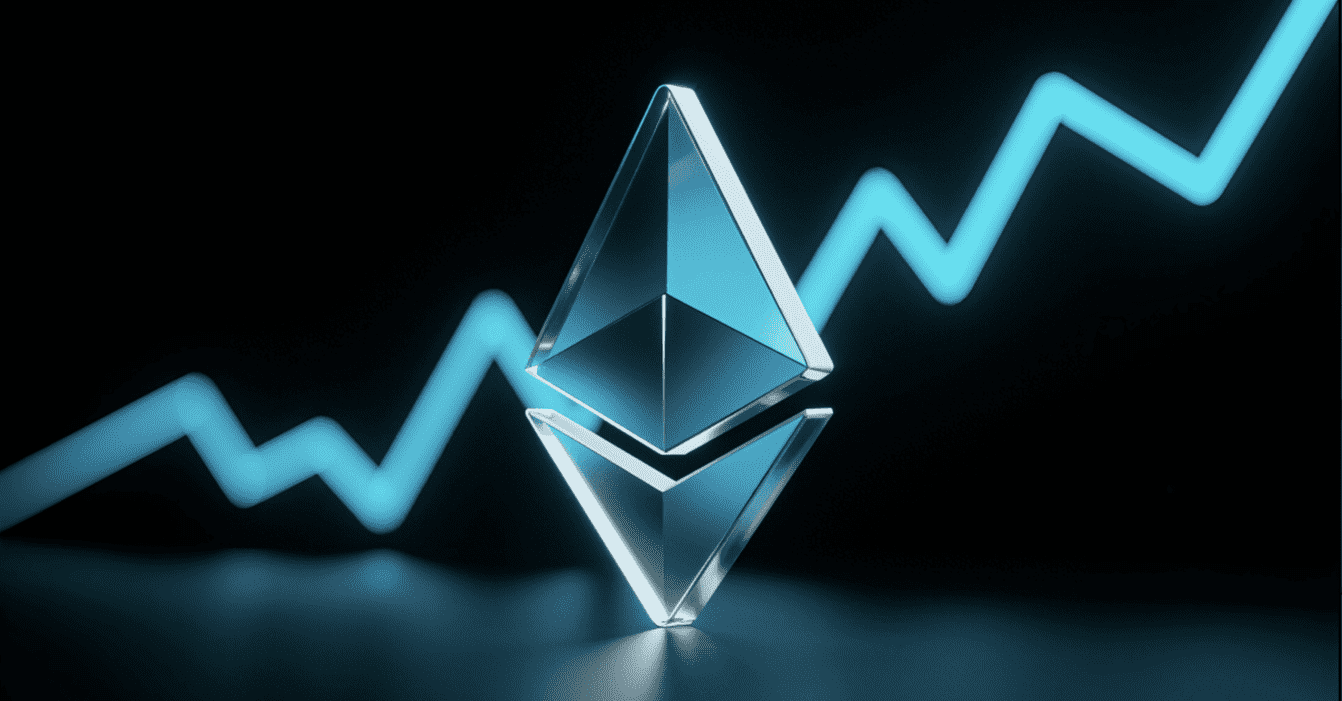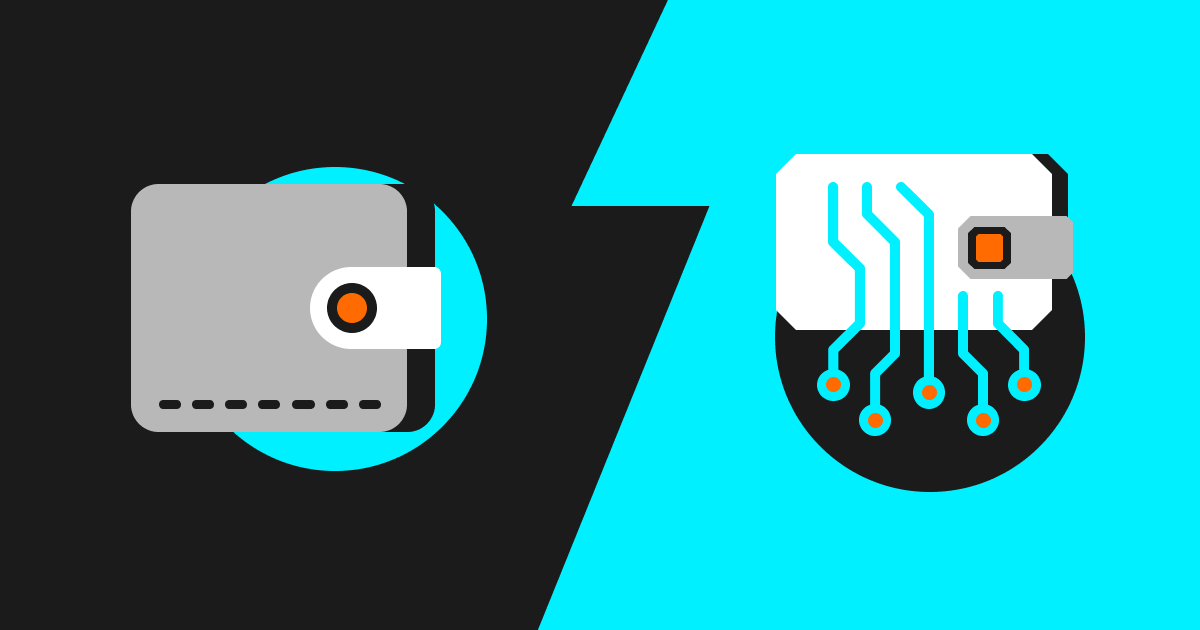How Gas Fees Work on the Ethereum Blockchain: A Simple Guide
Every action on the Ethereum blockchain, whether sending ETH, swapping tokens, or minting an NFT, comes with a gas fee. If you have ever wondered why some transactions cost just a few cents while others can spike to several dollars, you are not alone. Gas fees are one of the most talked-about aspects of using Ethereum, especially during times of high network activity. Understanding how these fees work is essential for anyone looking to get the most out of their crypto experience.
In this article, you will learn what Ethereum gas fees are, how they work, and the latest tips for keeping your transaction costs low in 2025.
What Are Gas Fees on Ethereum?
Gas fees are small payments you make in Ether each time you interact with the Ethereum blockchain. Whether you are sending ETH, swapping tokens, minting NFTs, or using a smart contract, these fees pay for the network’s computing power. Gas works much like fuel in a car: without it, nothing moves forward. The more complicated your transaction is, the more gas it requires. For example, a simple ETH transfer uses a small amount of gas, while swapping tokens or minting an NFT usually requires much more.
Gas fees are measured in Gwei, which is one billionth of an ETH. Each action on the Ethereum network needs a certain number of gas units, and the total cost depends on the current gas price in Gwei. This system makes sure the network stays secure and efficient, and it also provides rewards for the validators who process transactions.
Why Does Ethereum Have Gas Fees?
Ethereum charges gas fees to keep its network running safely and efficiently. These fees are paid to the validators who confirm and secure transactions. Without them, there would be no reward for processing activity, and the entire blockchain would be vulnerable to neglect and even malicious attacks.
Gas fees also protect Ethereum from spam and network overload. If sending transactions was free, someone could flood the network with millions of useless actions, making it unusable for everyone else. By requiring a small fee for every transaction, Ethereum ensures that users think carefully about what they send and that only valuable or genuine activity takes place. Gas fees also create a market-driven prioritization: users who need their transaction confirmed faster can opt to pay a higher fee, often called a tip, which naturally pushes their transaction to be processed sooner. This keeps the network fair and helps everyone’s transactions move smoothly.
How Ethereum Gas Fees Are Calculated
The cost of an Ethereum transaction is determined by multiplying the gas used by the gas price. Since the London upgrade (EIP-1559) in 2021, the gas price now includes two parts: the base fee and the priority fee, often called the tip.
Base fee: This is the minimum fee per gas unit, set automatically by the Ethereum network and adjusted each block based on how busy the network is. The base fee goes up when there is heavy demand and drops when there is less activity. Importantly, the base fee is burned, meaning it is permanently removed from circulation instead of being paid to validators.
Priority fee (tip): This is an optional extra amount that you can add to your transaction as an incentive for validators to process it more quickly. The tip goes directly to the validator. If you want your transaction confirmed faster, you can increase the tip. If you are not in a rush, you can set a lower tip.
When you send a transaction, you will set a maximum fee per gas unit you are willing to pay, but in practice, you will usually pay just the current base fee plus your chosen tip. For example, if a token swap uses 100,000 gas units, with a base fee of 5 Gwei and a 2 Gwei tip, the total gas price is 7 Gwei, so the fee would be 700,000 Gwei, or 0.0007 ETH.
Ethereum 2.0 and the Impact on Gas Fees
Ethereum’s transition to Ethereum 2.0, best known for The Merge in September 2022, was a major step forward for the network. The upgrade replaced proof of work with proof of stake, making Ethereum much more energy efficient. However, one of the biggest misconceptions after The Merge was that gas fees would suddenly drop. In reality, while the way blocks are created changed, the network’s capacity and throughput stayed about the same. This means that when the network gets busy, gas fees can still climb quickly just like before.
What Ethereum 2.0 really did was set the stage for future upgrades designed to make Ethereum more scalable. For example, the Dencun upgrade in 2024 made data usage more efficient, especially for Layer-2 networks that help offload traffic from the main chain. The results have been impressive:
Average gas prices dropped from around 72 Gwei in early 2024 to just 2.7 Gwei by March 2025—a 95% decrease.
Transaction costs that once reached $86 for a token swap or $145 for an NFT mint now often range between $0.39 and $0.65.
This big improvement is thanks to Ethereum’s ongoing protocol upgrades and the growing popularity of Layer-2 solutions. As of 2025, the network is much more affordable and accessible for everyday users, and more improvements are still on the way.
Gas Fees in 2025: Current Costs and Examples
As of 2025, gas fees on Ethereum are much lower than they were just a few years ago, although they still rise and fall depending on how busy the network is. On most days, gas prices are in the low single digits of Gwei, typically around 2 to 5 Gwei in mid-2025. For simple transactions, this means you are likely to pay well under $1 in fees, and often just a few cents if the network is quiet. Swapping tokens or minting NFTs now usually costs between $0.50 and a few dollars, depending on complexity and timing. If you catch the network during a period of low demand, some actions like a token swap or NFT sale can even drop to around $0.65 or $1.10 in fees.
Here are some typical gas fee ranges for common Ethereum activities in 2025:
Sending ETH to another wallet: usually about 21,000 gas, which works out to a few cents or up to $0.20 in normal conditions.
ERC-20 token transfer: around 50,000 gas, often about $0.20 to $0.50.
Token swap on a decentralized exchange: 100,000 to 200,000 gas, generally $0.50 to $2 unless the network is very busy.
Minting or selling an NFT: over 100,000 gas, usually about $1 per action, but possibly more if there is a rush on a popular NFT collection.
It is always wise to check current gas rates before you transact, especially if you want to save on costs or are working with small amounts. Today’s Ethereum fees are manageable for most users, but a little planning can help you avoid paying more than necessary, especially if the network gets crowded.
Tips to Monitor and Reduce Gas Fees
Gas fees are much more reasonable now, but you can still save extra ETH with a few simple tips:
Use gas tracking tools like ETH Gas Tracker, Blocknative, or Dune Analytics to check real-time gas prices before sending a transaction. Many wallets also show the current suggested gas fees and allow you to adjust your settings for faster or cheaper confirmation.
If you do not need your transaction to go through instantly, try to send it during off-peak hours when the network is less crowded. Early mornings, late evenings, and weekends often see lower activity and cheaper fees.
Consider lowering your priority fee (the tip) if you are not in a rush. A smaller tip usually means you will pay less overall, though your transaction may take longer to be included in a block.
Use Layer-2 solutions such as Arbitrum, Optimism, or zkSync for actions like trading or transferring tokens. These networks are built on top of Ethereum and offer the same functionality, but with much lower fees and faster confirmation times.
Conclusion
Learning how gas fees work can help you make smarter and more cost-effective decisions every time you use Ethereum. With all the recent upgrades and better tools for tracking fees, it’s now much easier to plan your transactions and avoid paying more than you need.
Ethereum is constantly evolving, and there’s a good chance we’ll see even more improvements to fees and overall usability in the future. Keeping up with these changes, and staying curious about new ways to save will help you get the most out of everything Ethereum has to offer.
Register now and explore the wonderful crypto world at Bitget!
Disclaimer: The opinions expressed in this article are for informational purposes only. This article does not constitute an endorsement of any of the products and services discussed or investment, financial, or trading advice. Qualified professionals should be consulted prior to making financial decisions.
أكاديمية Bitget2025-07-24 15:46


